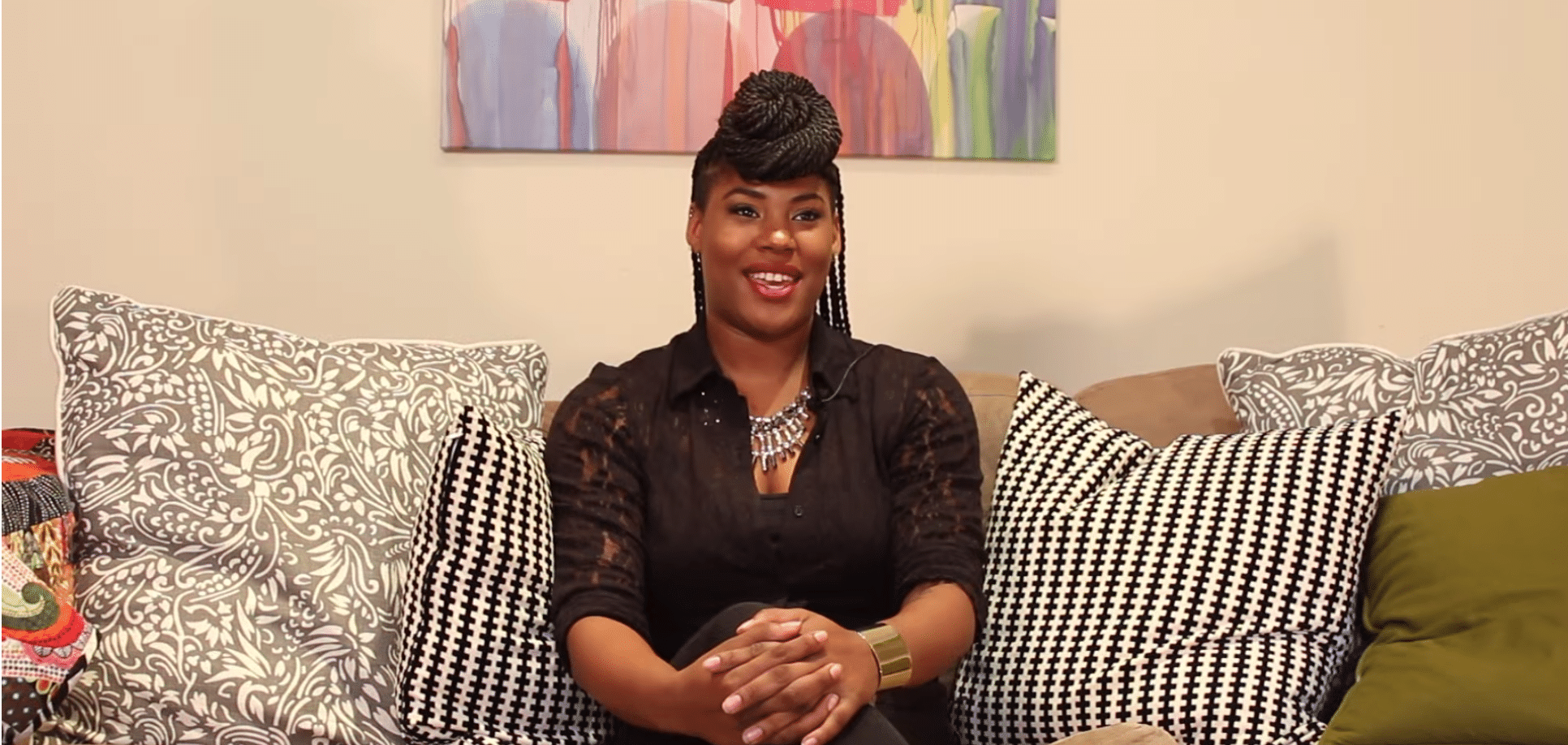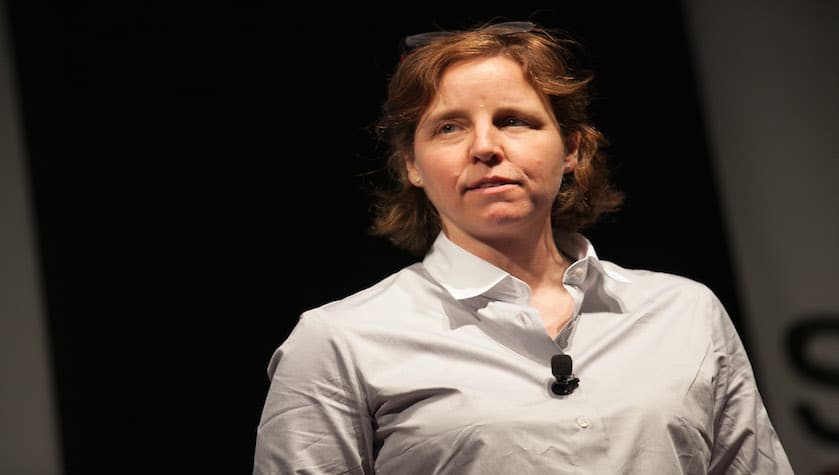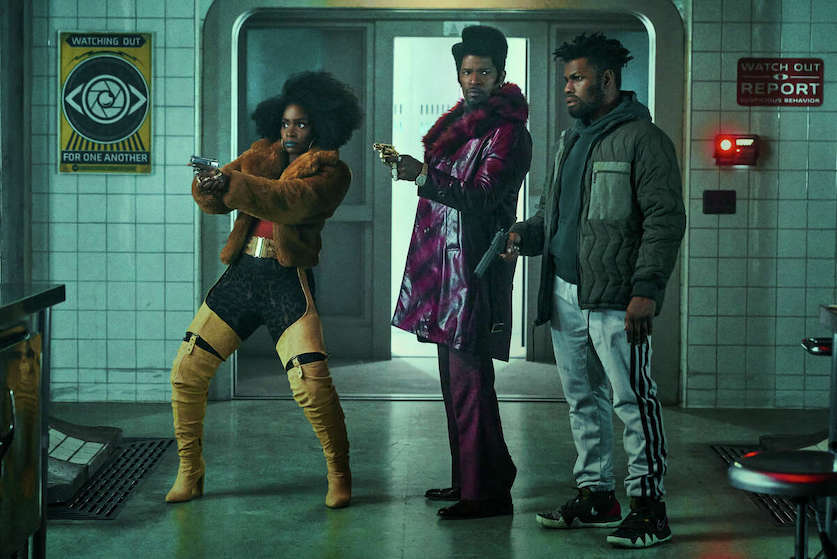
Dara Wilson talks working in Tech as a Black Woman in Silicon Valley
June 15, 2015
Innovative digital platform takes philanthropy to a new level as users Promise or Pay
June 19, 2015Washington is nudging Silicon Valley to diversify its workforce.
Major tech firms have released breakdowns on the demographics of their employees for the first time in recent years, revealing that some of the industry’s largest companies are overwhelmingly male, and largely white and Asian, especially in technical jobs.
Companies say they want that to change, raising hopes among advocates that the industry is on the verge of sweeping change.
“I really do believe it is at a tipping point,” said Kimberly Bryant, who founded Black Girls CODE, an educational group, after a career in biotechnology.
The Obama administration this week highlighted the diversity push as Megan Smith, the chief technical officer of the United States and a former Google executive, traveled to Silicon Valley to participate in a workshop about finding “top talent” from “under-represented communities.”
Valerie Jarrett, a senior advisor to President Obama, accompanied Smith on the trip.
“As a nation, we are leaving top talent on the sidelines, and that is a mistake for American businesses in a globally competitive economy,” Jarrett and Smith wrote in a blog post on the White House’s website.
The focus on the demographics of the industry has intensified thanks to moves by tech companies to release data on their employees.
In April 2014, when Google released its diversity statistics for the first time since it was founded in 1998, two percent of its workforce was black and three percent was Latino. The same is true today.
“The old saw is the first step is admitting you have a problem, and I think to their credit a lot of companies — large and small — have admitted [that] and started sharing data that there’s a lack of diversity,” said Anthony Hogrebe, the Director of External Affairs at Engine, a group that advocates on behalf of startups and helped create a Diversifying Technology Caucus in Congress this year.
The industry has been making moves in recent weeks to signal it is addressing the lack of women and minorities in its workforce.
At Apple’s annual Worldwide Developers Conference this week, two female executives presented during the company’s signature keynote. It was the first time that a woman employed by Apple had graced the stage in years.
Intel also announced that it was creating a $125 million venture capital fund to provide cash to startups with founders or executives from diverse background.
Still, data shows that companies face a steep climb as they look to diversify their ranks.
For now, some in Congress are focused on building relationships between tech companies and minority communities.
“There are a lot of young people in these communities who want to go into the tech field but don’t have an avenue in,” said Rep. Donald Payne (D-N.J.), who on Monday will host a Google Hangout on diversity in tech featuring Bryant and entrepreneur Anthony Frasier.
The Congressional Black Caucus (CBC) has also launched an initiative aimed at fostering diversity in the tech sector. CBC Chairman G.K. Butterfield (D-N.C.) said last month he would rather work with companies than against them.
When it comes to legislative action, advocates say Washington could help create a pipeline from diverse talent to tech by bolstering science, technology, engineering and math (STEM) education programs in the pending update to the No Child Left Behind law.
“It’s a different landscape now than when No Child Left Behind was last updated,” Bryant said. “And so the focus in really making the tech divide a clear issue as we update that policy is critical.”
“We need to really focus on getting this digital equity across the board in all of our public school systems, for both girls and boys,” she said.
Lawmakers could also look at ways to increase the flow of venture capital and funding to startups led by women and minorities, advocates say. Only three percent of venture capital dollars went to companies with female CEOs between 2011 and 2013, according to a survey conducted by researchers at Babson College.
Image: Megan Smith, chief technical officer of the United States and a former Google executive (D Lasica)
View the original article by David McCabe on thehill.com here.








